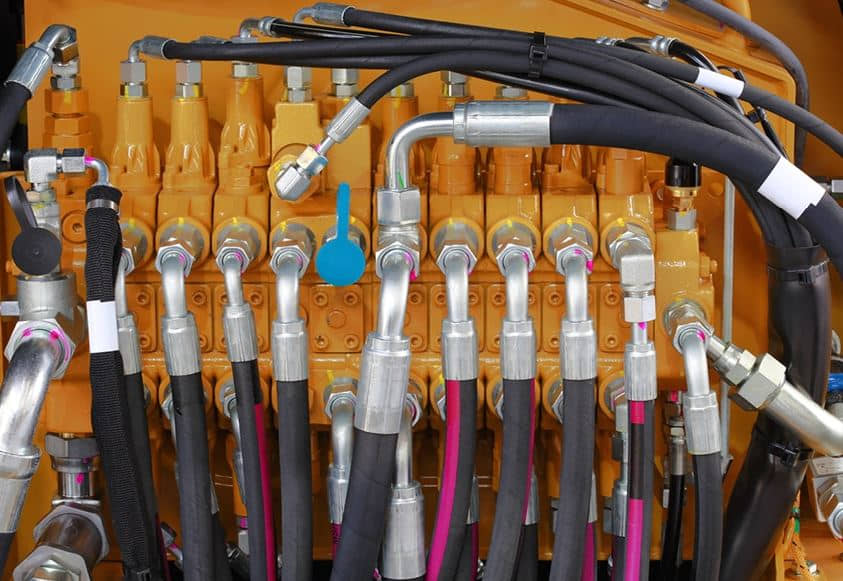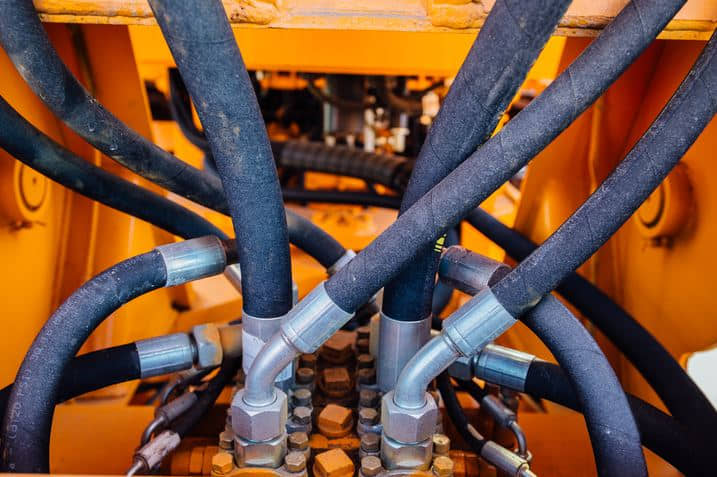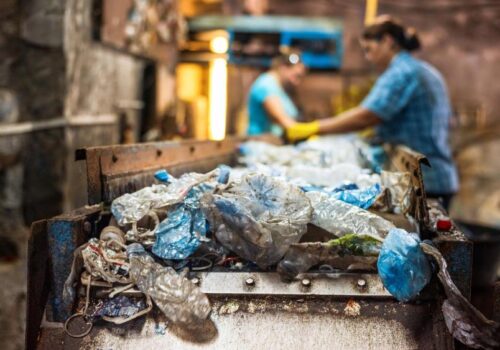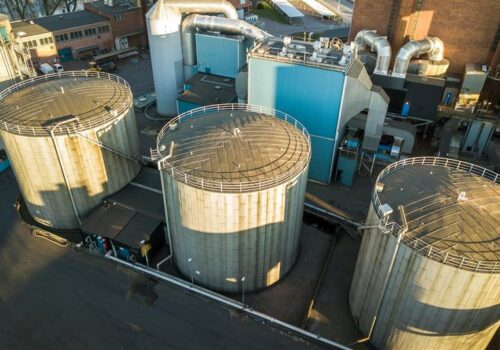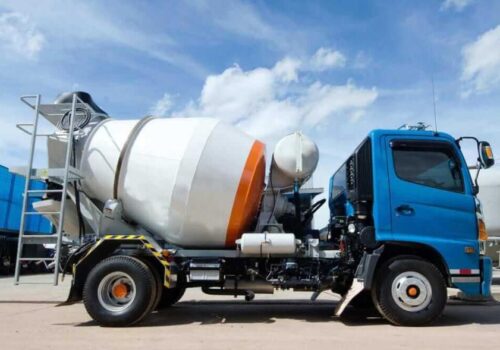How to Choose a Hose Service: A Comprehensive Guide
Hose services are an important part of many industries, including agriculture, automotive, construction, and manufacturing. A hose service provides a means of transporting liquids or gases from one location to another, often over long distances.
There are many factors to consider when choosing a hose service, including the type of fluid or gas being transported, the distance over which it will be transported, the operating environment, and the required flow rate.
In this article, we will discuss the five factors to consider when choosing a hose service.
1. Fluid and gas:
The first step in choosing a hose service is determining what type of fluid or gas is being transported. Different types of fluids require different types of hose services. For example, hoses used to transport water must be able to withstand high pressure and temperature levels, while hoses used for transporting oil-based fluids must be able to withstand friction and heat.
2. Distance:
The second factor to consider when choosing a hose service is the distance over which it will be transported. The distance may be short or long; however, there are specific types of hoses designed for each range of distance. For example, if you wish to transport water over long distances, you will need a different type of hose than if you were transporting water across town. In addition, you should also keep an eye on the hose it needs hose repair.
3. Environment:
The third factor to consider is the operating environment in which it will be used. If you are transporting chemicals or fuel over long distances in an area where there is high heat or extreme cold (such as a desert), then you will need a different type of hose than if your operating environment was indoors with normal temperatures and humidity levels (such as an office building).
4. Flow rate:
The flow rate of a hose is the amount of fluid that can be transported per unit of time. The flow rate is affected by several factors, including the inside diameter of the hose, the pressure of the fluid being transported, and any restrictions in the line (e.g., fittings).
5. Connectors and fittings:
Connectors and fittings are used to couple hoses together so that they can be joined into longer lengths or branches off one end of another hose. Various types of connectors and fittings are available for different types of fluids and operating environments. For example, if you’re transporting gasoline through your hose service then you may need to use rubber or plastic connectors rather than metal ones (as metal connectors could corrode).
Related Resource: hydraulic repairs , sparex parts

